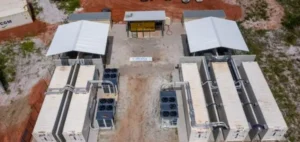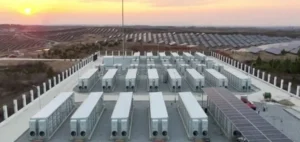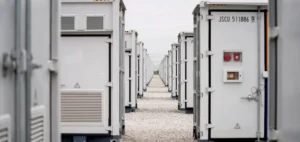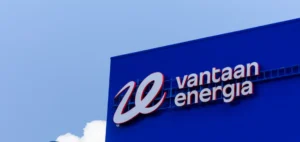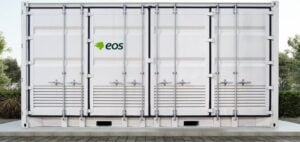The Arkansas Oil and Gas Commission (AOGC, Arkansas Oil and Gas Commission) granted final integration approval for the Reynolds Brine Unit, the area designated for the initial development of the South West Arkansas Project (SWA, South West Arkansas). Integration is the procedure that aggregates non-leased mineral interests into an approved brine production unit, ensuring operational access to brine and protection of the correlative rights of owners. This decision locks the access framework to the resource and reduces execution risk associated with the production perimeter. The project is led by a joint venture (JV, joint venture) owned 55:45 by Standard Lithium Ltd. and Equinor.
Regulatory Framework and Unit Perimeter
Previously, unitization of the “Reynolds” brine production area covering 20,854 acres received a unanimous vote from the AOGC. A 2.5% royalty applied to lithium from brine was subsequently adopted unanimously, the first of its kind in Arkansas. The integration approval completes this regulatory triptych—unitization, royalty, integration—required for coordinated brine operations. Together they provide the future operator with a defined compliance framework, value-sharing mechanism, and perimeter control.
The project plans an initial annual capacity of 22,500 tonnes of battery-grade lithium carbonate. The target for first production is 2028, with an industrial phasing aligned to the ramp-up of the unit perimeter. The approved integration secures access to brine within the unit and supports the contractual architecture of mineral flows. The 55:45 Standard Lithium–Equinor joint venture organizes development governance and allocation of operational responsibilities.
Project Governance and Industrial Timeline
The AOGC’s successive decisions were unanimous: unitization of the perimeter, adoption of a 2.5% lithium royalty, then final integration approval. This regulatory trajectory forms a coherent sequence, from defining the unit to consolidating rights and obligations. For mineral owners, protection of correlative rights is explicitly embedded in the unit mechanism. For the operator, access to brine and stability of royalty parameters contribute to economic predictability for development.
Standard Lithium’s leadership indicates a target for a Final Investment Decision (FID, final investment decision) “as soon as possible,” supported by this regulatory milestone. Equinor highlights the importance of “regulatory certainty” provided by the unanimous votes obtained. Alignment between the royalty framework, the production unit, and integration limits legal frictions and facilitates industrial planning. The projected timeline toward 2028 relies on these consolidated parameters and on the Reynolds unit perimeter.
Economic Parameters and Sector Implications
The 2.5% royalty sets a market reference for lithium from brine in the state, with a direct impact on value distribution between operator and rightsholders. The announced nameplate capacity of 22,500 tonnes per year of lithium carbonate establishes an industrial order of magnitude for the first commercial phase. Integration of the perimeter, by amalgamating non-leased interests, reduces uncertainty over resource access and the land geometry of the unit. These combined elements structure the technical and financial case that supports preparation for the FID.




